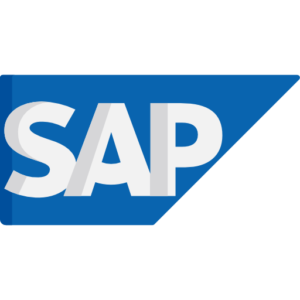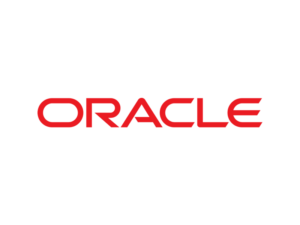Financial Services
Book Keeping
Accurate record-keeping of financial transactions to provide valuable insights for decision-making, with the added benefit of saving time and resources.
Payroll Processing
Timely payment of employees, compliance with regulatory requirements, and maintaining employee satisfaction by eliminating errors and discrepancies.
Accounts Payable
Streamlined management of bills and invoices, while ensuring timely payments and building strong vendor relationships.
Accounts Receivable
Efficient management of customer invoices and payments, improving cash flow and reducing bad debt.
Financial Modeling
Utilizing past data to build accurate financial forecasts and plans, optimizing financial decision-making and reducing risk.
Treasury Operations
Expert management of financial assets and liabilities, reducing risk exposure and improving cash flow.
Cash Management
Safeguarding your company’s cash resources through effective cash forecasting, liquidity management, and investment strategies.
Fund Management
Managing your company’s investments to optimize returns and minimize risk through expert portfolio diversification and asset allocation.
Brokerage Processing
Providing reliable and secure trading solutions for your company’s investment needs, ensuring accurate and timely execution of trades.
Financing Foreign Operations
Facilitating cross-border transactions and managing currency risks through expert foreign exchange and international finance solutions.
Financial Planning & Analysis
Analyzing your company’s financial data to provide valuable insights for strategic decision-making, optimizing financial performance and growth.
Back & Middle Office Services
Streamlining your company’s financial operations, from transaction processing to reporting & analysis, allowing your business to focus on core activities.








